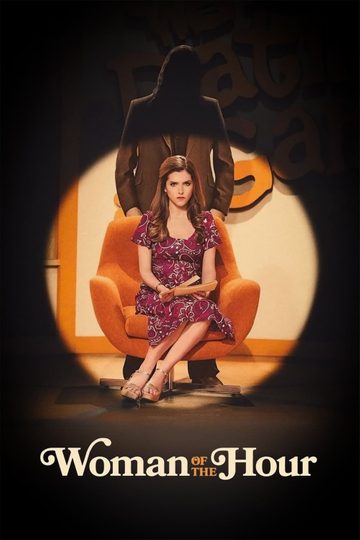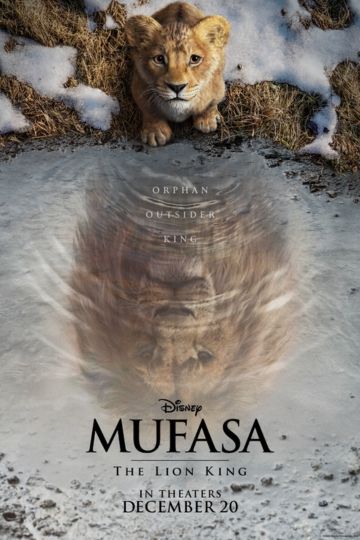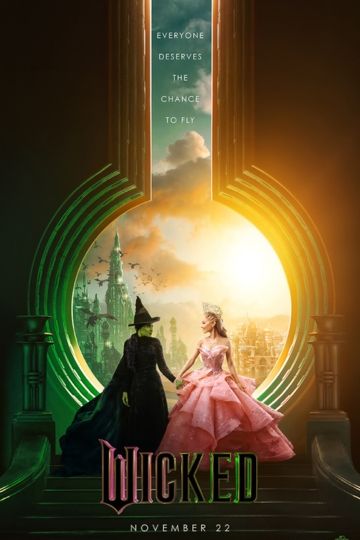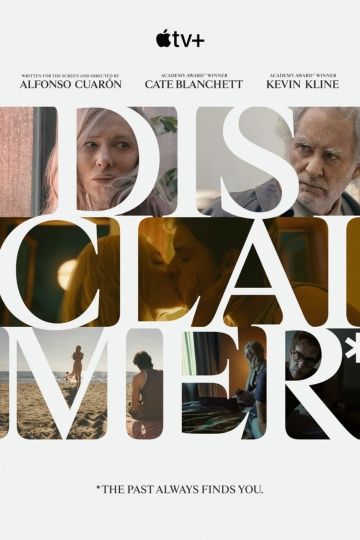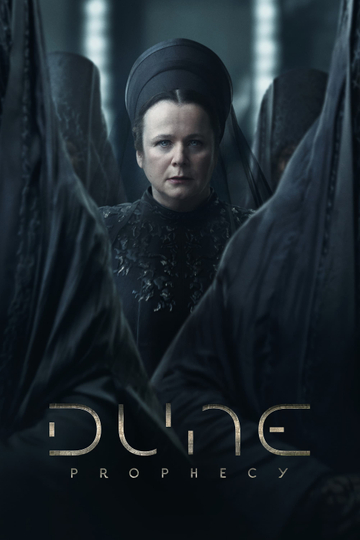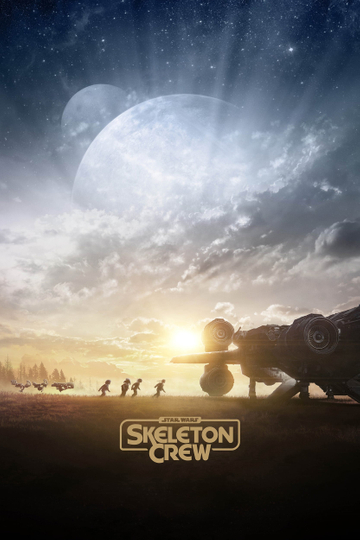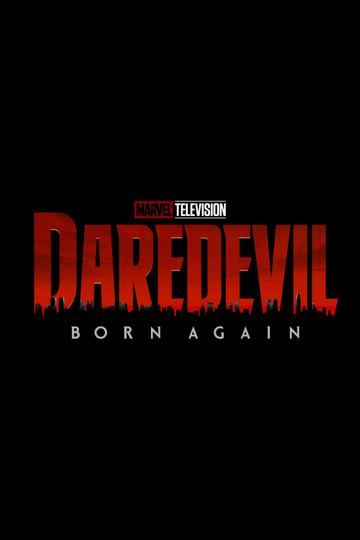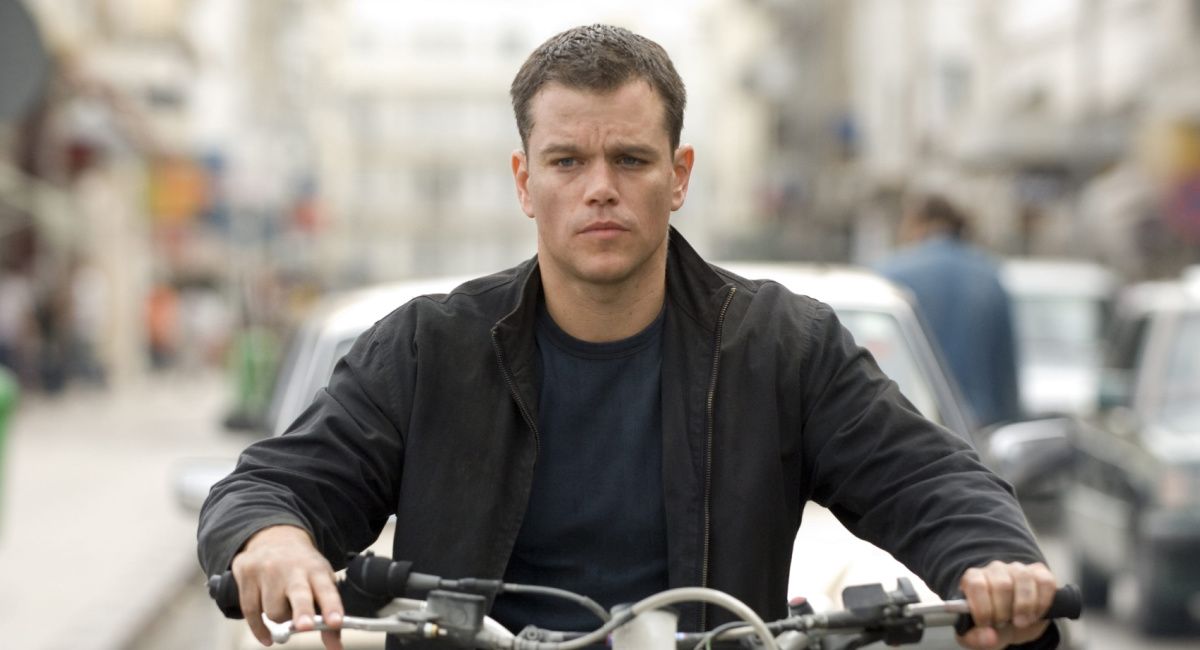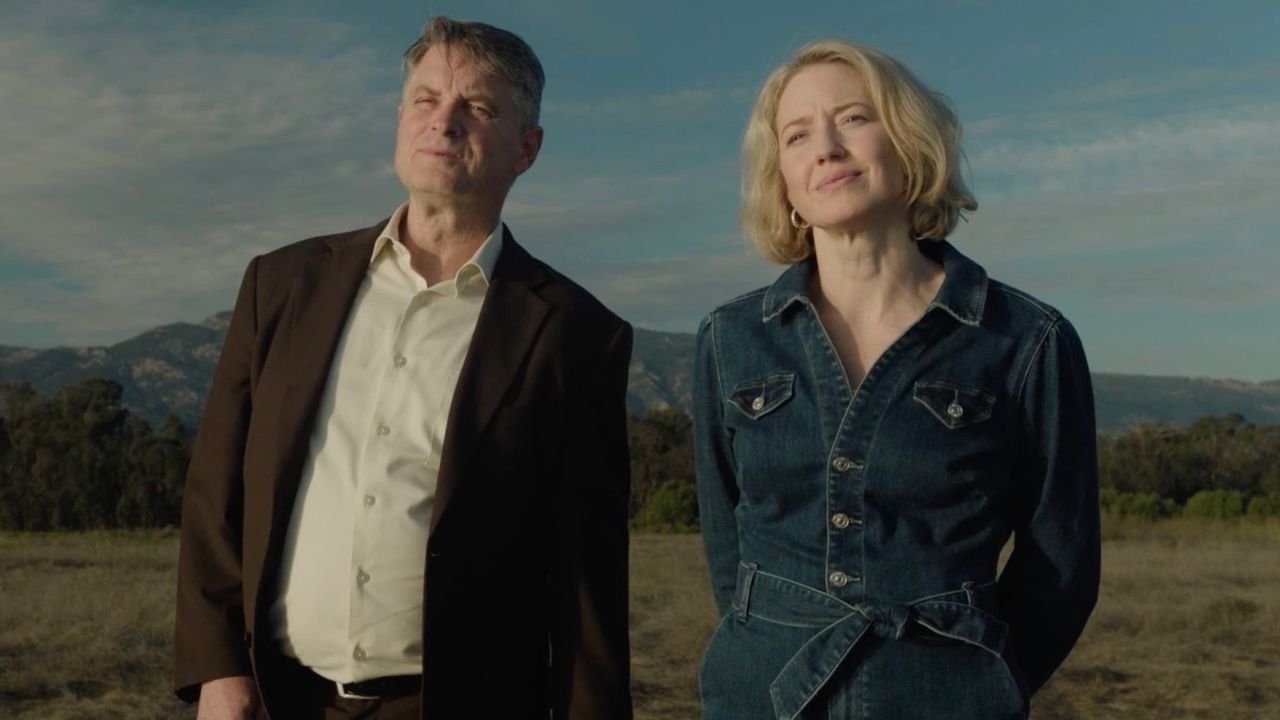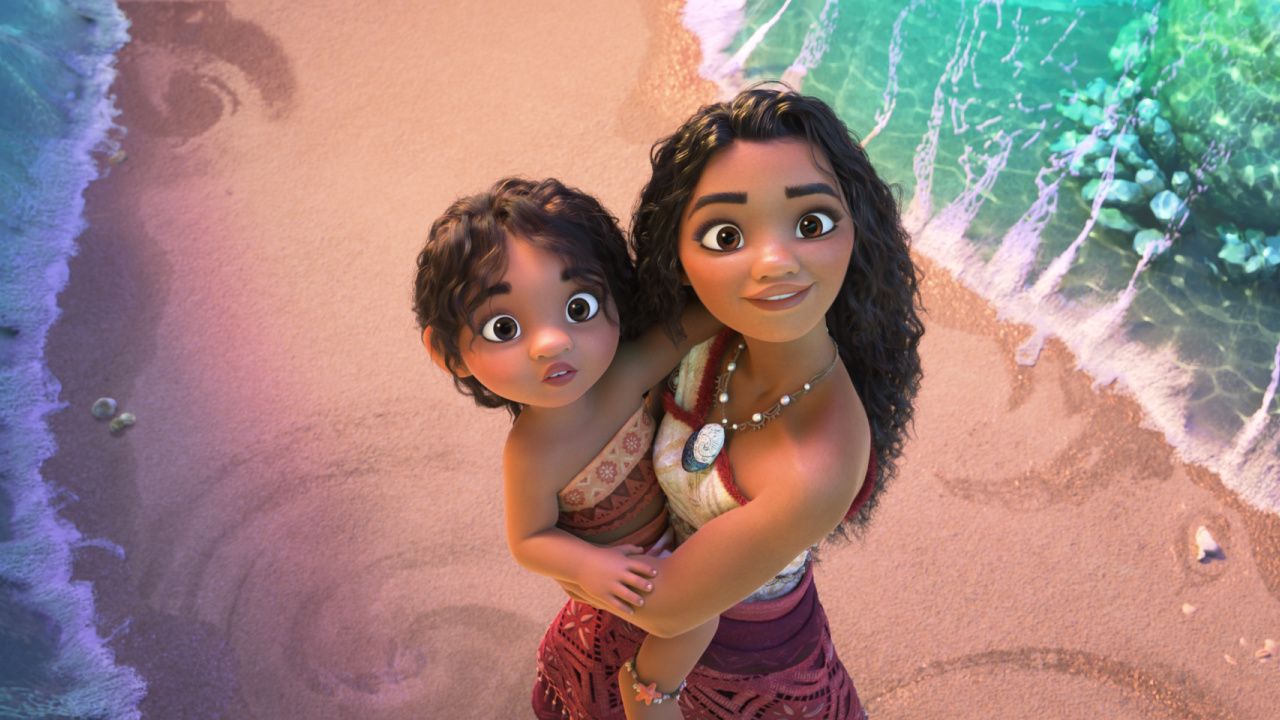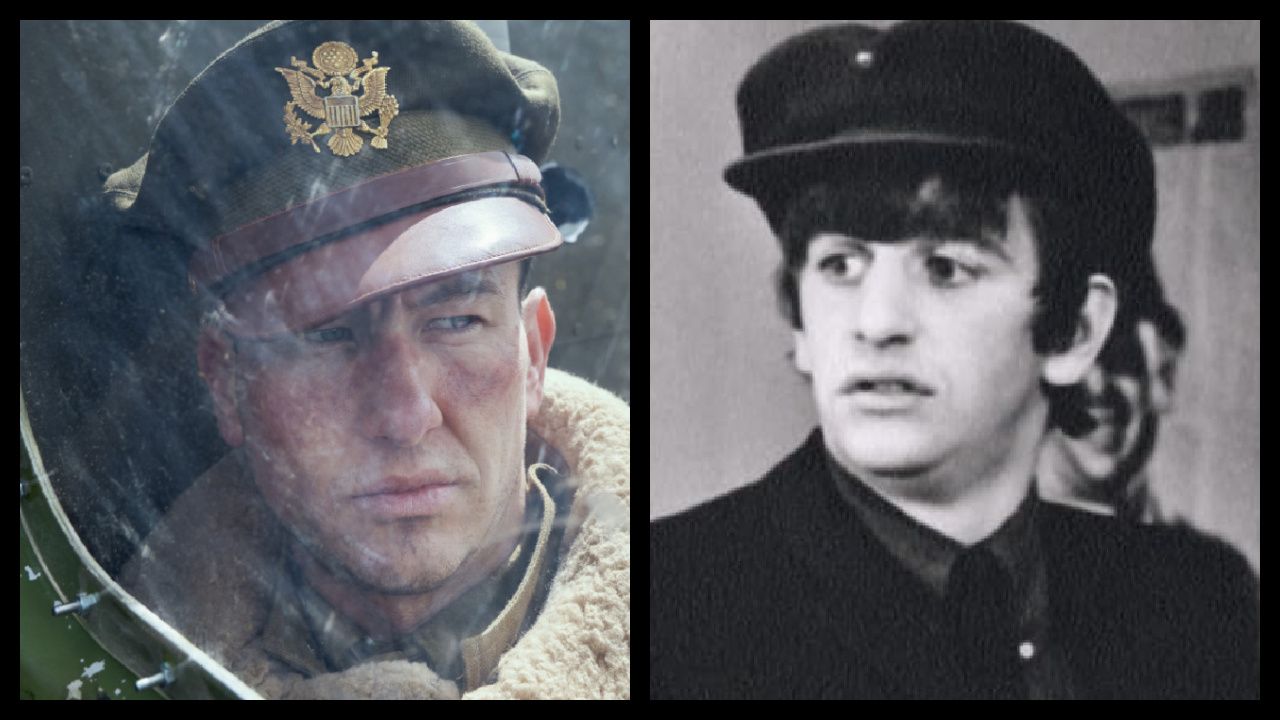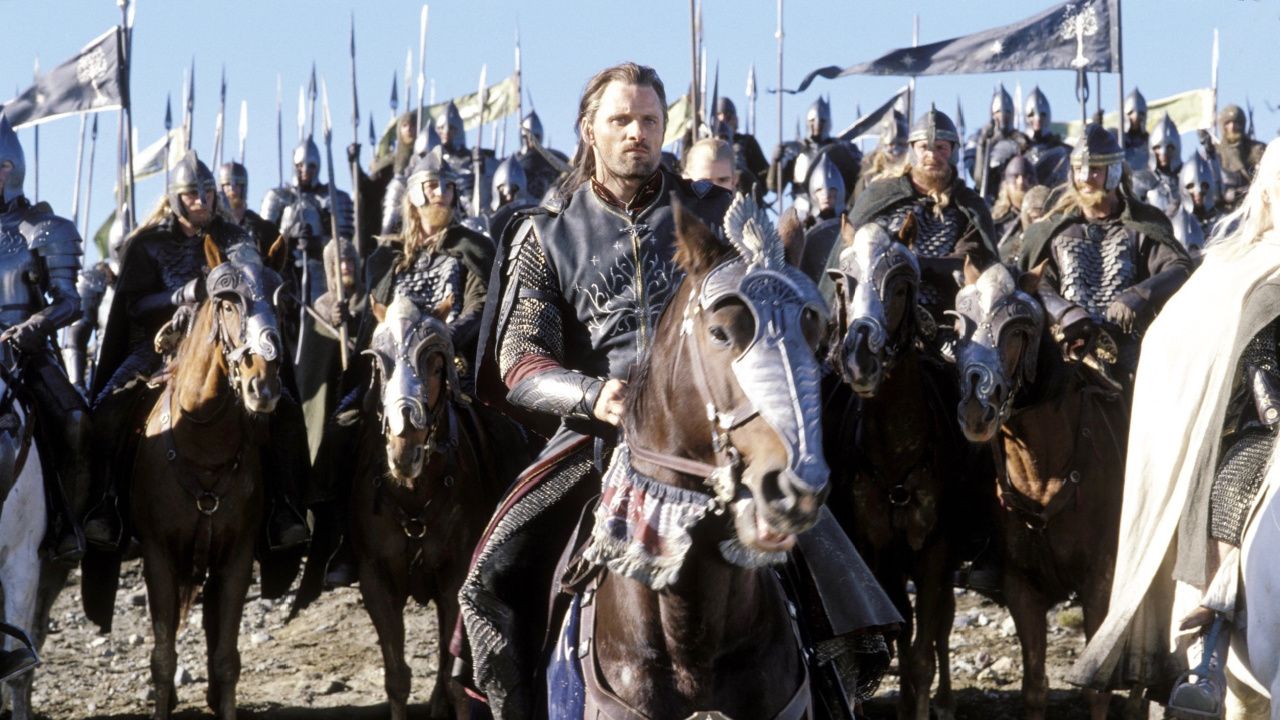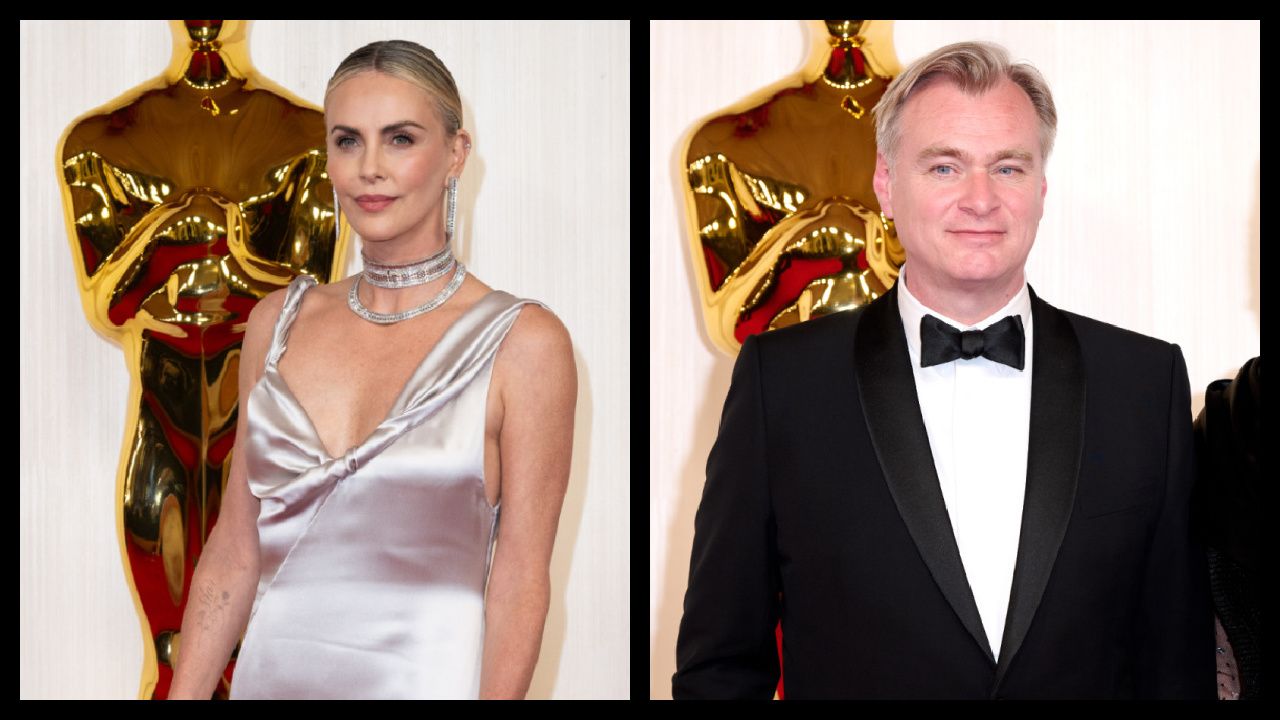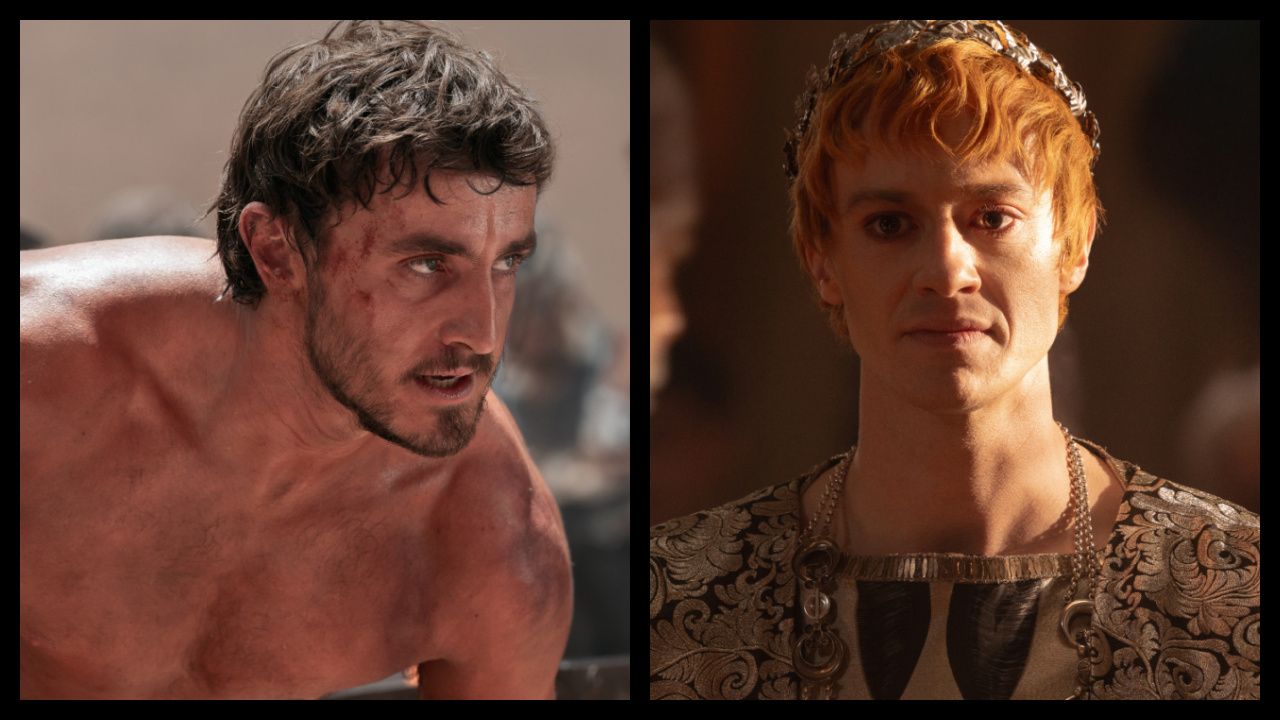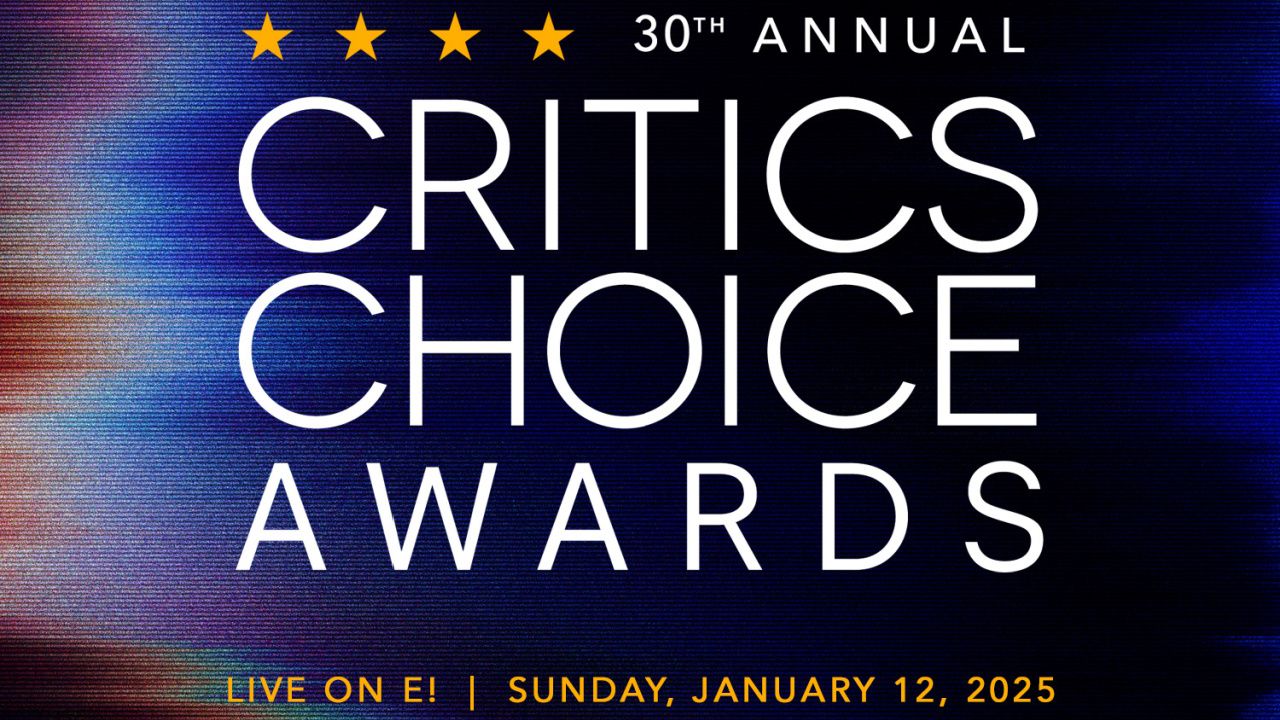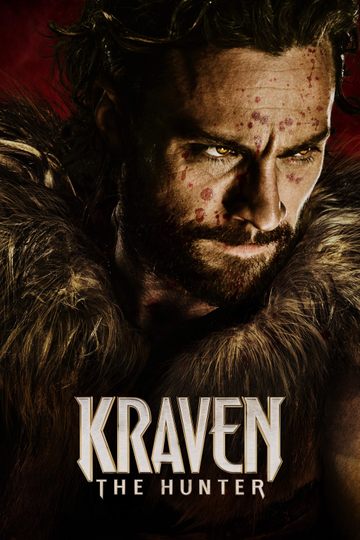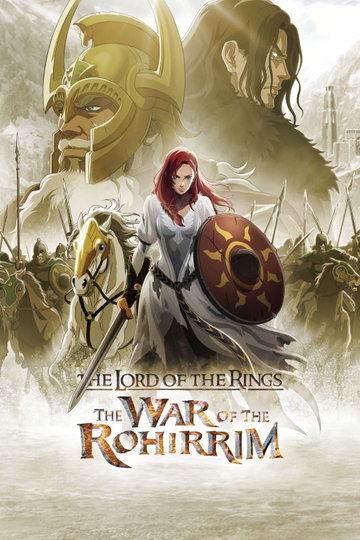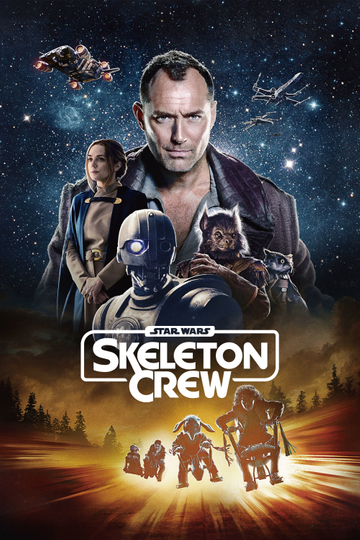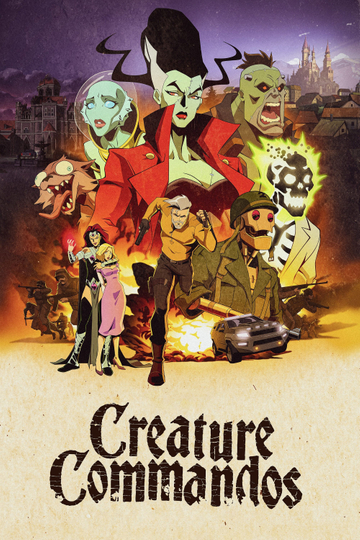'The Bourne Supremacy' At 15: 13 Things You Didn't Know About The Spy Sequel
When “The Bourne Identity” was released in 2002, the film marked only the third time Hollywood adapted one of Robert Ludlum’s best-selling books for the big screen. Its tremendous success opened the floodgates for other adaptations, but most importantly, Doug Liman’s film paved the way for three sequels that quite literally changed the way that audiences watched and experienced action cinema (thanks largely to director Paul Greengrass' visceral, you-are-there style). To celebrate the 15th anniversary, “The Bourne Supremacy” is the rare sequel that surpasses its predecessor, but it’s also a film that lingers in the minds of moviegoers as an emotionally engaging and uniquely visceral cinematic experience. Check out a few of the details of its production and release that underscore what made it so special.
1. Although Ludlum wrote two additional books in the “Bourne” series, no plan was enacted at the time of “The Bourne Identity” to make a sequel. Owing to the enormous cultural changes between 1986, when the “Bourne Supremacy” novel was written, and 2003, when the sequel went into production, screenwriter Tony Gilroy was tasked with departing significantly from the source material for his script.
2. Although Doug Liman leveled up handsomely from his previous films “Swingers” and “Go” for “The Bourne Identity,” production problems, reportedly owing to Liman’s improvisational, find-it-in-the-editing-room approach, led producers to select Greengrass as director.
3. Greengrass’ previous film was the acclaimed “Bloody Sunday,” an account of the shootings of the same name in Northern Ireland. Impressed by his immersive, febrile style behind the camera, the producers encouraged Greengrass to use handheld cameras even during big action scenes, and eschew computer-generated effects as much as possible in order to lend the film a palpable sense of realism.
4. As a juxtaposition to spy series like James Bond, Jason Bourne is presented as a well-trained but never superhuman agent. Further to that end, all of the technological devices Bourne uses to exact his revenge and stay in contact with the CIA are consumer-grade and were available for purchase at the time of the film.
5. Matt Damon reportedly knocked out actor Tim Griffin during the scene in which Bourne fights CIA interrogator John Nevins and a security guard.
6. Additionally, Bourne’s fight training includes Bruce Lee’s Jeet Kune Do and the Philippine martial art Escrima, which uses everyday objects as weapons, such as the rolled-up newspaper in “Supremacy,” or ball-point pens in “Identity.” The style especially suits Bourne’s necessarily improvised exploration of each new space he enters.
7. Brian Helgeland (“A Knight’s Tale”) did an uncredited rewrite of Gilroy’s script where among other things he eliminated the USSR as a presence since it had fallen a decade earlier. Greengrass otherwise only used Helgeland’s ideas sparingly, but occasionally swapped out version of scenes between the two scripts in order to arrive at the version audiences saw on screen.
8. Greengrass’ shooting and editing style rapidly accelerated the number of shots in the film and the speed with which they cut from one to the next - resulting in shots with an average length of 1.9 seconds.
9. Most of the events in the film were shot in reverse order -- in terms of the overall production. This mean that the Moscow chase at the climax of the film was shot first and the scenes in Goa were shot last.
10. Per a 2008 article in The Guardian, Greengrass and Damon re-conceived the ending with just two weeks to go before the film’s release and reshot it at a cost of $200,000, requiring Damon to be pulled from reshoots on “Ocean’s Twelve.” The movie subsequently tested 10 points higher with that new ending.
11. During a press screening for the film, at least one attendee vomited after the Moscow car chase because of its intensity and camerawork.
12. At the 2005 Taurus World Stunt Awards, Russian stunt coordinator Viktor Ivanov and Scottish stunt driver Gillie McKenzie were recognized with a “Best Vehicle” award for their coordination and participation in the Moscow car chase.
13. Like with its predecessor, the filmmakers were unsure at the time of their intentions to mount a third film, and shot the ending of “Supremacy” to provide emotional closure to the character, culminating in him taking responsibility for murdering the parents of a young girl. But after a third film, "The Bourne Ultimtum," was green lit, Scott Z. Burns and George Nolfi took over scripting duties from Tony Gilroy to give the character new conflicts and new adventures to explore.


